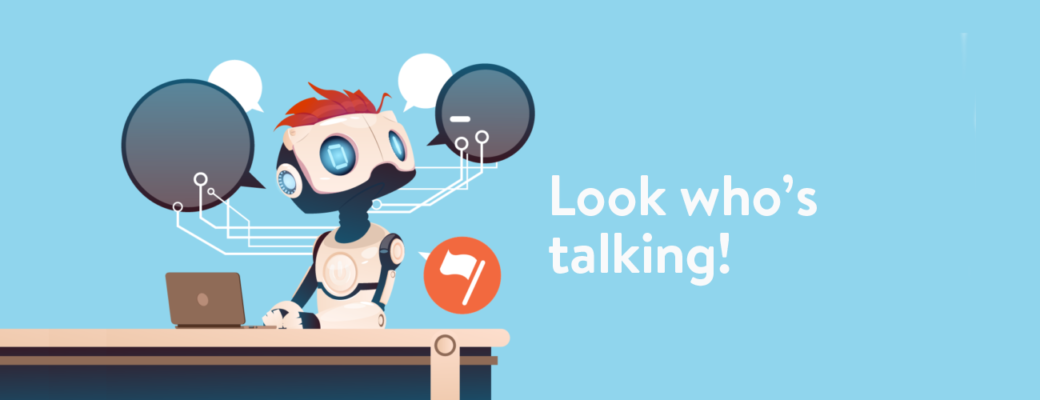The implications of Natural Language Processing (NLP)
Natural Language Processing (NLP) is a branch of artificial intelligence that helps computers understand, interpret, and manipulate human language. Basically, it allows people who are not programmers to ‘talk’ to computers. So far, it has given us spam filters, autocorrect and spellcheck, text-to-speech, online translators like Google Translate, AI assistants like Siri, and many more cool things.
On the surface level, it is quite obvious that NLP has made our lives much easier in some areas. Sorting through all the spam alone would be a terrible chore, and our emails and text messages would be less coherent and perhaps, riddled with typos! However, there are other implications, and ways NLP has influenced our life, that we may not all be aware of. Implications, that are both positive and negative.
To find out more about what NLP is, how it works, and what its applications are, check out Part 1 and Part 2 of this article.
In this article, we will take a look at two ways Natural Language Processing (NLP) is significantly influencing the world.
Natural Language Processing and Healthcare
Most of us are aware of the every-day applications of NLP. After all, we all use computers and smartphones! If you’ve ever sent a text or used email, you have come across some form of Natural Language Processing. However, NLP is used in many industries, and one of the areas we can all benefit from it, is healthcare.
The use of Natural Language Processing in healthcare is increasing because it allows doctors to search, analyse, and interpret the huge amounts of ever increasing patient data. It provides an opportunity to get relevant insights and concepts from data that was previously considered buried in text form; to structure the previously unstructured information, resulting in improved methods and better results for patients.
Here are some of the implications of NLP algorithms used in healthcare:
- NLP extracts and interprets clinical notes accurately
- It can increase patient awareness, health literacy, and involvement
- It can handle the ever-increasing patient data with ease
- Medical professionals can make real-time records
- It can improve care coordination, taking into account multiple factors
As a result, doctors can spend more time with their patients and, in general, provide better healthcare.
Natural Language Processing and Translation
One of the most common uses of Natural Language Processing today is machine translation. Tools like Google Translate and DeepL can translate not only words and phrases, but full sentences and even large texts.
These tools are constantly developing and have become quite good over the years. If the translation is: (1) Between two fairly similar languages — such as English and Dutch, or Italian and Spanish, and (2) Quite simple, that is to say, it doesn’t involve complex structures or highly specific terms — the result will likely be quite accurate, with just a few minor errors.
There are many situations nowadays when people prefer to use machine translation instead of hiring an experienced translator. For instance, if you want to translate an article or some other resource for your personal use, a machine translation is a quick and cheap way to do it. As, in this case, the accuracy of the translation is not too important. Using machine translation, you can easily send a message to a foreign friend, or an informal business email to a foreign client.
Does this mean that translators will soon be obsolete?
Of course not! There are still many things that machine translation can’t do — and are unlikely to learn in the near future. Generally, a machine can translate what is there: the text itself. But human speech is rarely just textual information — there are emotions involved, cultural and historical references, allusions. Unlike a computer, a human translator can understand their audience, their preferences, sensitivities they may have — such as taboo words or topics. Humans also have a much better understanding of nuance and tone, such things as subtext or sarcasm. Humans can better translate slang, colloquialisms, and idioms which a machine may not be familiar with.
Some translation is going to become automated, there is no way around it. However, a human can still translate with much higher accuracy than a machine, regarding both verbal and non-verbal elements. This, of course, is essential in such spheres as legal, financial, medical, and many more.

